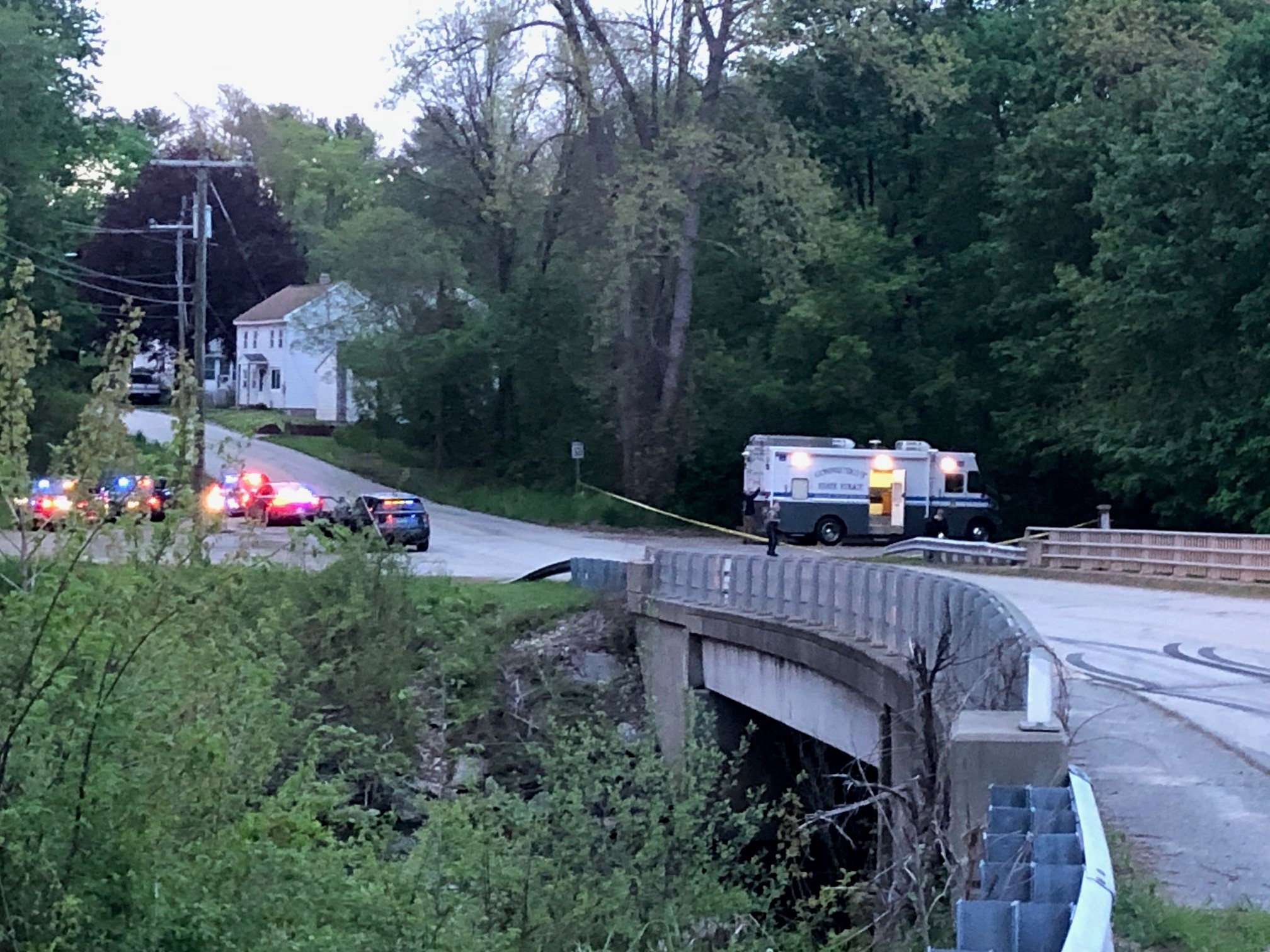Lead-based paint was banned for use in residential homes in 1978. Yet, many Connecticut cities are still seeing cases of lead poisoning related to it, and many of those cases are children.
As required by state law, children are to be screened for lead poisoning twice before the age of 36 months. Any child with 3.5 micrograms per deciliter of blood have been deemed by the CDC to have a dangerous level.
According to Connecticut Children’s, there are a high number of current patients that meet the criteria.
“I can say that we actively have 208 patients currently,” said Connecticut Children’s pediatrician Dr. Jennifer Haile.
Get Connecticut local news, weather forecasts and entertainment stories to your inbox. Sign up for NBC Connecticut newsletters.
The CDC lowered the threshold to 3.5 micrograms in October of last year. It had previously been five micrograms. Haile explains this is significant because no amount of lead in the bloodstream is safe.
“Essentially once you’ve been exposed to lead, it gets absorbed into your muscles, in your bones and your tissues," Haile said. “It could take months to years before it gets out of your system.”
According to state Department of Public Health data from 2020, New Haven, Bridgeport, Waterbury, Hartford and Meriden are the top five cities with the most cases, among children under six years old.
Local
Contributing to the problem is the age of homes and buildings, many which were constructed before lead paint was outlawed in 1978.
“We live in a very old part of the country,” said Peter Folino. He's the principal owner of Eagle Environmental, a consulting company helping some cities address the issue.
The state is tackling the problem with new legislation going into effect in January of 2023. If a child’s blood level exceeds the CDC threshold, the state will have the authority to inspect the child’s home.
The state has also directed $30 million in federal money toward lead paint abatement.
“It’s going to be a long process,” Folino said. “People need to educate themselves. Parents need to educate themselves.”
Part of that education process is knowing where to identify potential issues in a home and how to fix the problem.
The poisoning often stems from the ingestion of old paint dust. Although lead-based paints have been banned from residential use for more than 40 years, they are still found in some older homes and buildings. Window paint being of primary concern.
“The issue is, every time you open and shut your window, you’re creating friction and the friction is what’s creating lead dust,” Haile explained.
According to the state’s information website, any owner of a house or building built before 1978 should assume there is lead-based paint on the interior and exterior. When remodeling or painting DPH recommends using safe practices, listed here.



